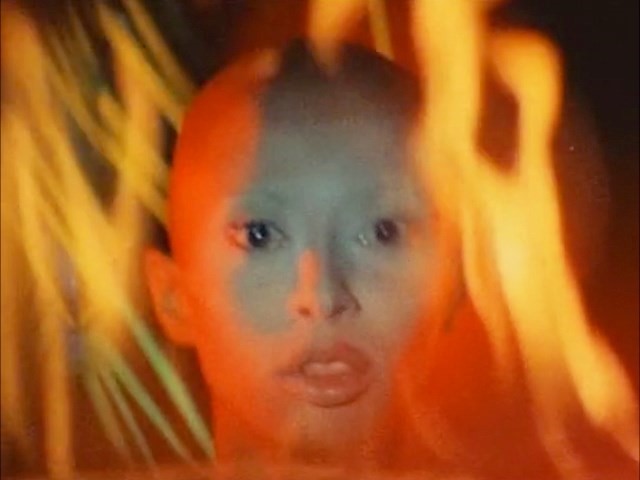The seminal photographer returns with a major exhibition at New York’s Marian Goodman Gallery, which will include both new and historical work
Nan Goldin has always been obsessed with memory. The legendary US photographer has been documenting her life since the 1980s, driven by an urge to record the full sensory experience of any given moment. Goldin’s images are, in her own words, an “invocation of colour, smell, sound and physical presence, the density of life.” Like memories themselves, they are raw and unstaged, infused with emotion, abstract flourishes and fuzzy details.
Although always personal, Goldin is known for exploring major, countercultural themes in her work. So far, this has included intimate photographic studies of LGBTQ+ lives, the opioid epidemic, and the HIV crisis. However, her latest project – opening next week at New York’s Marian Goodman Gallery – sees Goldin look much closer to home. The untitled series is the photographer’s personal documentation of life during quarantine, with all images taken in her apartment between 2020 and 2021. The subject of most of the photos is Goldin’s friend and muse, the writer Thora Siemsen, who apparently encouraged the photographer to start re-documenting her personal life. “I was very lucky Thora came into my life when she did,” revealed Goldin earlier this month. “I hadn’t photographed a person in years. I was more inspired by the sky, or by going into my archive of tens of thousands of slides to make new pieces.”
The series will be shown as part of a major new exhibition at the Marian Goodman Gallery, with several of Goldin’s projects – both new and historical – on display. This will include her emotionally charged 2019 series, Memory Lost, which recounts the photographer’s battles with drug addiction, while also drawing attention to America’s wider opioid crisis. The latter is a cause Goldin feels extremely passionate about: in 2017, she launched the activist group PAIN (Prescription Addiction Intervention Now), which actively fights for progressive drug policy reform and harm-reduction-based healthcare in the US.

Also on display will be Goldin’s latest video work, Sirens (2019–2020) – a Mica Levi-scored film made with found footage, which is inspired by the sirens of Greek mythology. This will be joined by another untitled series of Goldin’s “large skies and landscapes”, an abstract, atmospheric collection of photographs taken in various locations around the world.
The gallery will also be including a rare public showing of The Other Side (1993–2021) – one of Goldin’s most celebrated projects, illuminating the lives of her transgender friends between the years 1972 and 2010. And with conversations around gender identity growing in volume, the series feels increasingly relevant to our cultural moment. “[The Other Side] is a record of the courage of the people who transformed that landscape to allow trans people the freedom of now,” wrote Goldin in 2019. “It’s important for them to know they’re not alone, and to know how they got here.”
Memory Lost by Nan Goldin will run between April 27 and June 12 at New York’s Marian Goodman Gallery.






